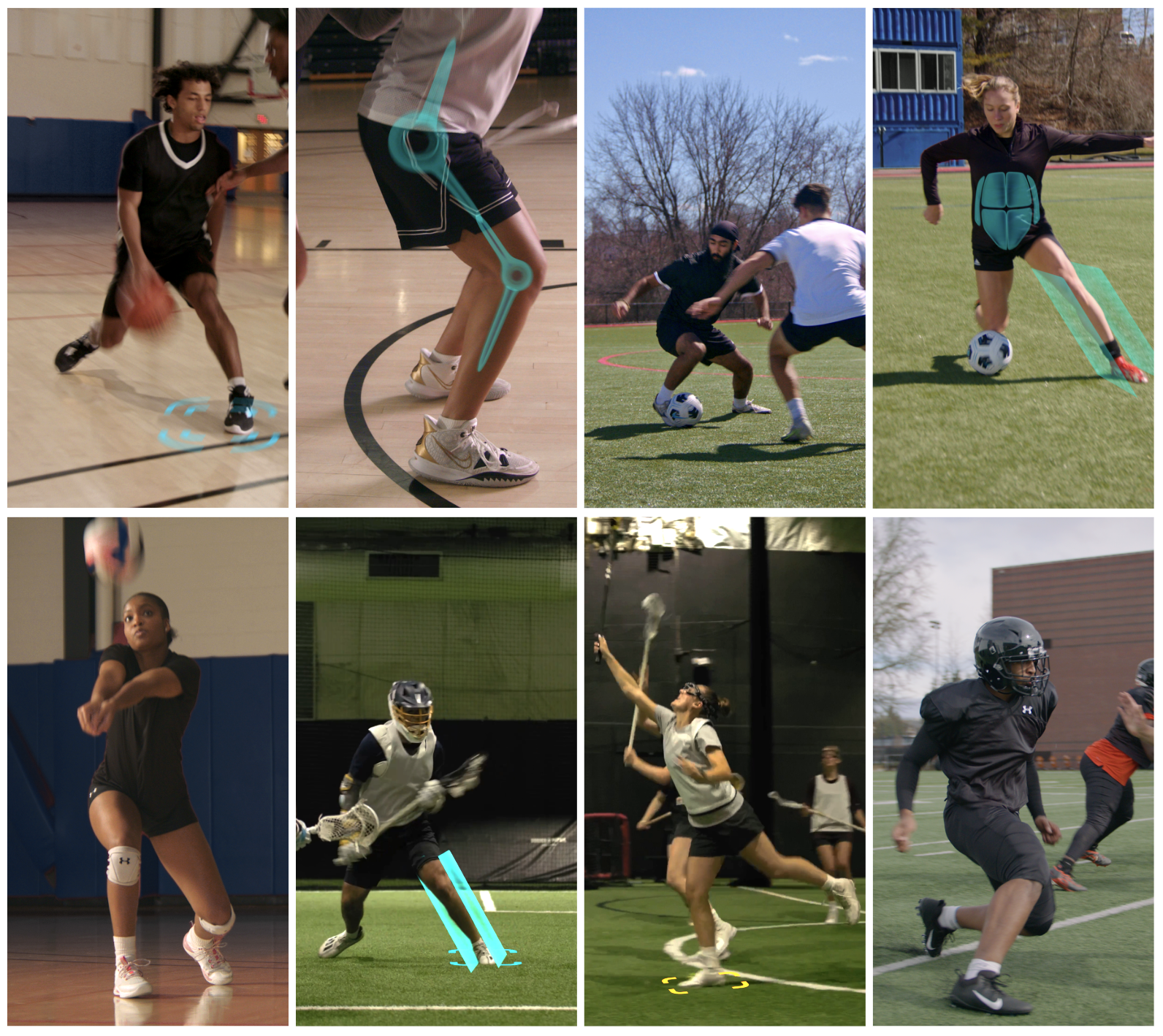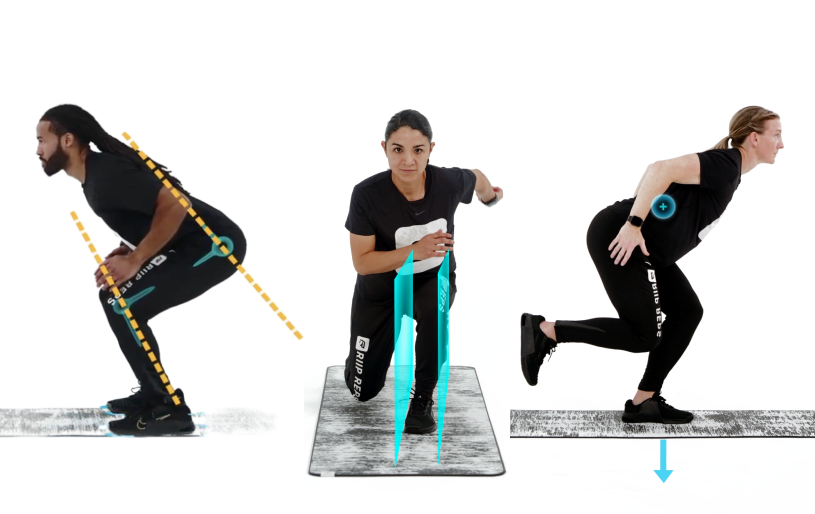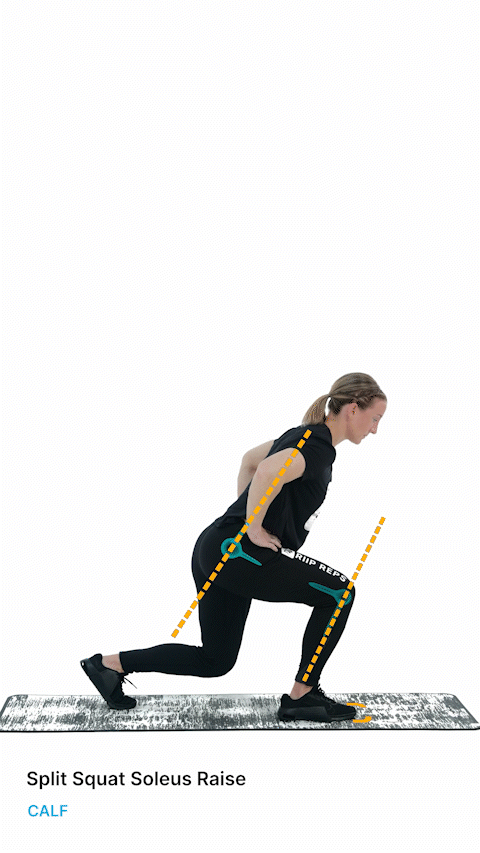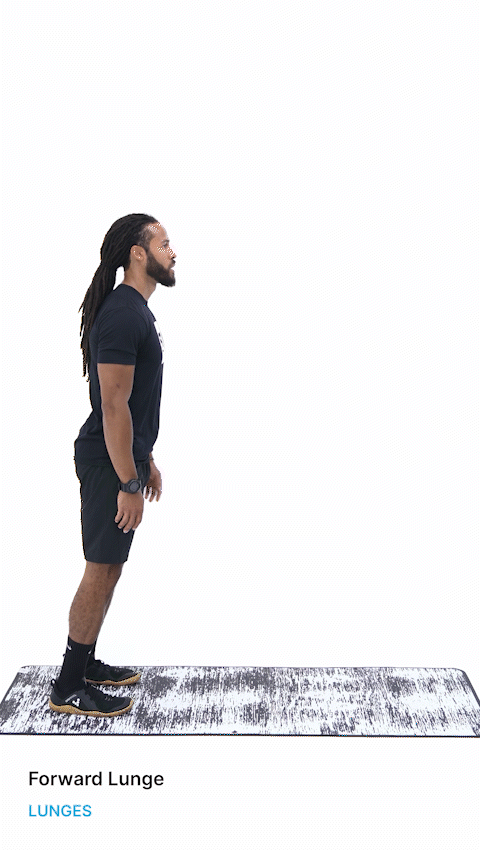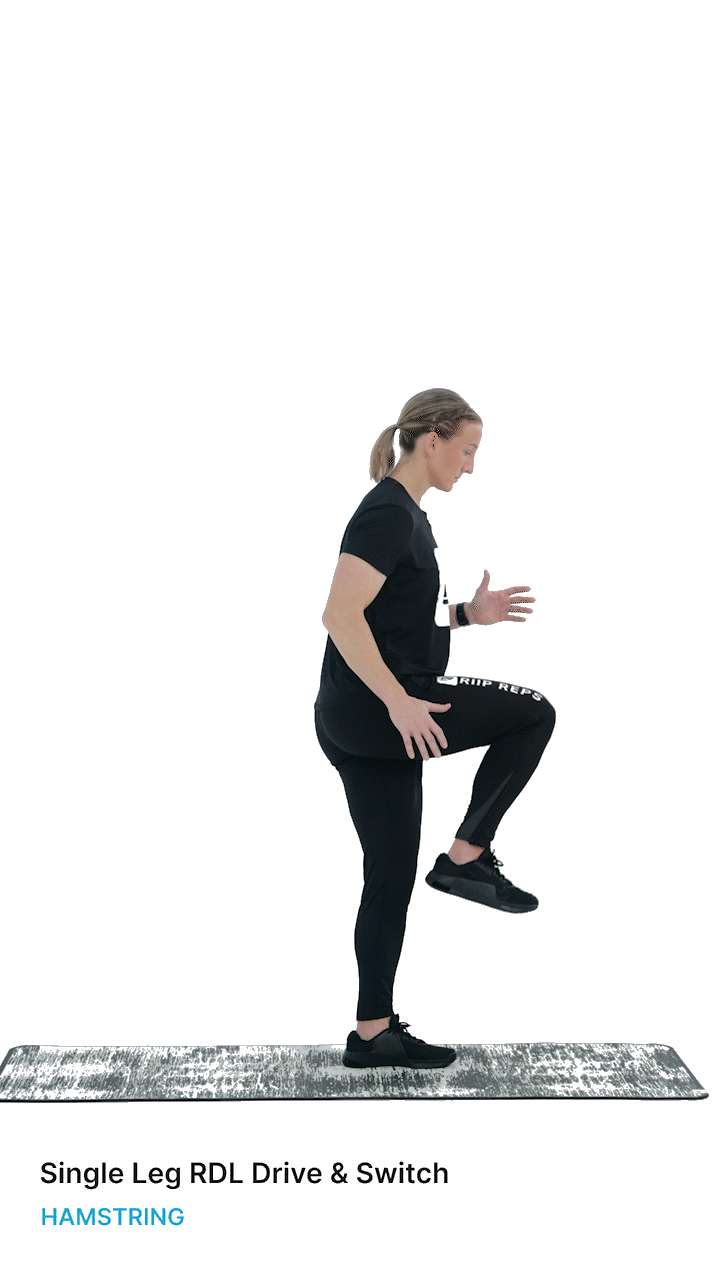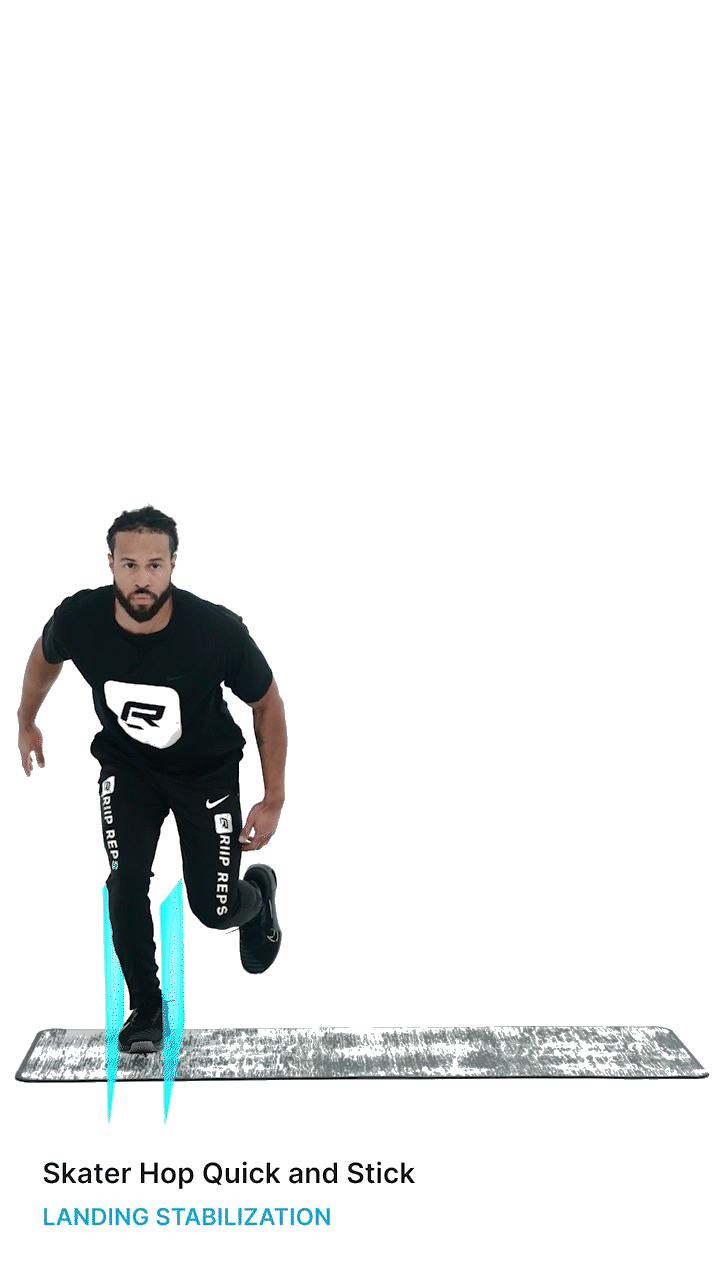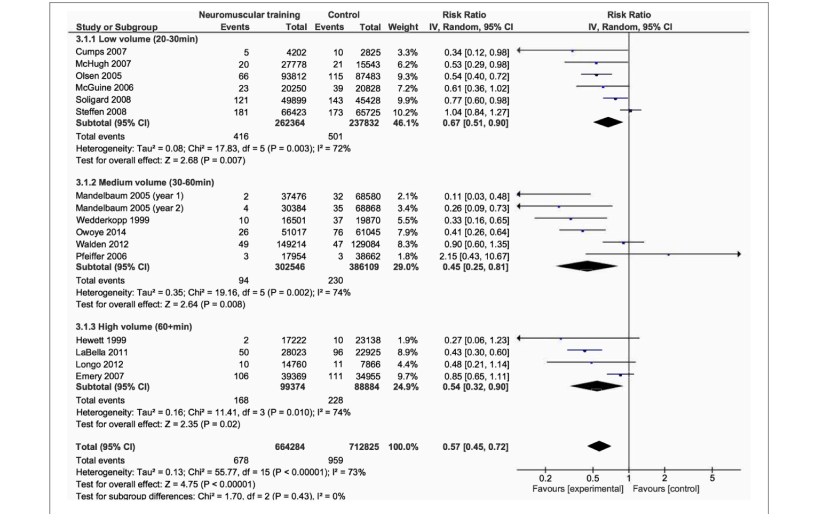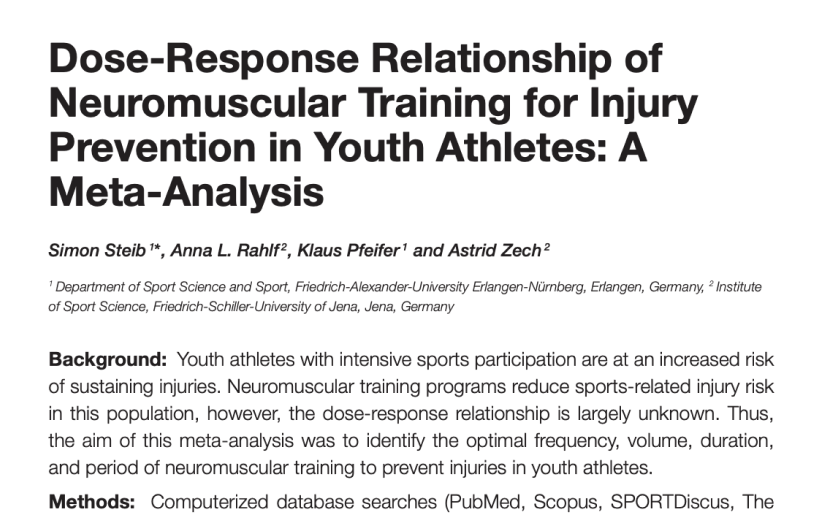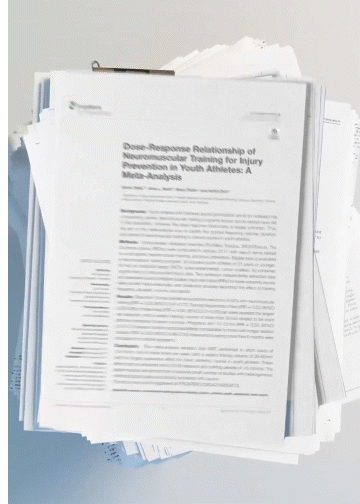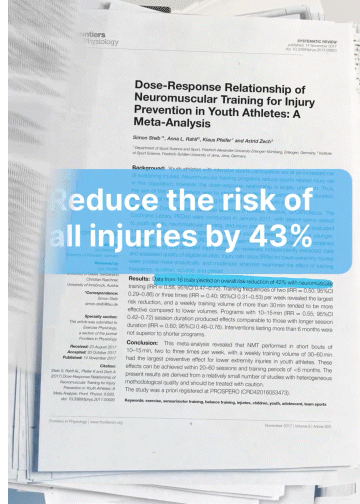TRAINING OBJECTIVE
Agility body control training
Our objective is to train our bodies to decelerate and change direction with optimal movement mechanics and muscle activation, an ability also known as neuromuscular control. The result is:
Quicker deceleration
Faster transitions & re-accelerataion
Better stability = more options to re-accelerate in any direction
Mitigate risk of season & career-ending injuries
Reduce overall time loss to injury
Teams will win more
HOW WE DO IT
We improve neuromuscular control by training optimal movement patterns & building eccentric strength
Training optimal movement patterns with intent, focus, and consistency will teach your brain and body to:
Properly manage your center of mass.
Keep joints in alignment.
Activate the right muscles at the right times for maximum stability, control and quickness.
Building eccentric strength through lunges, calf and hamstring exercises will allow you to decelerate more quickly, with greater control, and set up for faster re-acceleration.
TRAINING SESSION DESIGN
Evidence-based training session design
Every training session includes 5 or more deceleration/ landing stabilization movements, and lunges, hams and calf exercises as prescribed by meta-analytic research examining the most effective injury mitigation programs of the past 25 years. New exercises in one or more of these categories are introduced every other session.
PROGRAM DESIGN
48+ progressive, body-weight training sessions for every agility sport
RIIP REPS programs are designed based on the science that shows us that weekly in-season consistency and timing is critical, but the volume of training required for effectiveness is surprising low (30 min per week).
That is why we establish a weekly goal of four 7-8 minute sessions per week, capped at two per day. This makes it very doable for most teams and athletes, and distributes the training over multiple days while delivering 30 minutes of training per week.
THE SCIENCE
Agility body control training works
25 years of research shows that neuromuscular control training effectively mitigates injuries, improves individual agility performance and moves the needle on win-loss records for teams…
42% fewer lower extremity injuries³
62% fewer ACL injuries⁵
32% fewer head injuries⁴
Better agility scores on Y-balance test¹ and 3-cone drill²
NCAA Div. I and II soccer teams won 31% more games⁶
Are you a club or school director, ATC or coach?
Take 3 minutes to sign up now. RIIP REPS is currently FREE for approved organizations.

